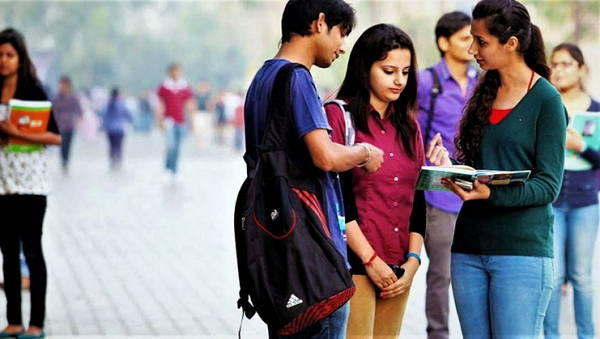Finding shows international student graduates earn far less than their Canadian counterparts
International students earn substantially less than their Canadian counterparts upon graduation, and a larger proportion of them end up in sales and service jobs, new research from Statistics Canada shows.
The data – part of a report by the agency examining the labour-market outcomes of university and college graduates in Canada – capture the inequity in wages and types of jobs that international students eventually obtain compared with Canadian graduates.
Over all, international student graduates earned 19.6 per cent less than Canadian graduates three years after graduating, the report found. Moreover, their annual incomes were lower than Canadian graduates at all levels of study, regardless of if they earned a diploma or a doctorate degree.
The report used data from a 2023 national survey of graduates conducted by Statscan, and focused on the graduating class of 2020.
Foreign students with a bachelor’s degree, for example, earned a median annual income of $52,000, compared with Canadian graduates at $65,200. At the master’s level, international students earned 16.6 per cent less than Canadians – $70,000 compared with $83,900, annually.
A critical difference in the employment outcomes for foreign students compared to Canadian graduates can be seen in the proportion of international students who work in sales and service occupations. Across all education levels, approximately 28 per cent of international student graduates worked in sales and service jobs, compared with roughly 12 per cent of Canadian graduates.
Some examples of sales and service occupations, according to the National Occupation Classification system, include retail and restaurant workers, door-to-door salespeople and call-centre operators. These jobs tend to pay lower wages than, for example, management occupations or jobs in business and finance.
Brittany Etmanski, the report’s author, suggested that one reason for the significant earnings differential between foreign graduates and Canadian graduates was because more of the former group tended to be college and bachelor’s degree holders employed in the low-wage sales and service sectors.
“However, this does not explain the difference in income at the masters and doctoral levels,” she wrote.
The report also found that more international students ended up in jobs in science fields, compared with Canadian graduates – 21 per cent compared with 16 per cent. Canadian graduates were disproportionately represented in humanities-focused occupations such as law, education and government services. Twenty-three per cent of Canadian graduates found jobs in those fields compared with 7 per cent of foreign graduates.
Over all, the report showed that the vast majority of foreign graduates obtained employment within three years of graduating, even though they had a lower employment rate (88.6 per cent) compared with Canadian graduates (91 per cent).
Mikal Skuterud, a labour economist at the University of Waterloo, said that the difference in wages could be because the report lumps in data from all colleges and universities across the country, and draws an average outcome.
“If you take students from the same university, at the same level of study, then most likely you’ll see international students outperforming Canadian graduates in terms of future salaries,” he said.
Prof. Skuterud’s own research has found that international students who graduated from Waterloo between 2017 and 2019 earned as much as 37 per cent more a year after they graduated compared with their Canadian counterparts.
The number of international students in Canada has grown dramatically over the past decade, topping more than one million by the end of 2023. Ontario’s public colleges, in particular, have taken in a vast number of these students, accounting for 40 per cent of the 435,000 study permits issued to colleges and universities nationwide in 2023. Last year, Ottawa made a series of policy changes geared at capping the number of international students as part of a broader shift toward reducing the number of temporary residents in the country.
Indeed, international students tend to enroll in colleges more than Canadian graduates. Roughly 56 per cent of international students completed a college diploma in 2020 compared with 40 per cent of Canadian graduates, the report said.
The report also found that about 48 per cent of foreign graduates in 2020 were South Asian and 12 per cent were Chinese, making up the majority of international students in Canada.
This article was first reported by The Globe and Mail













